
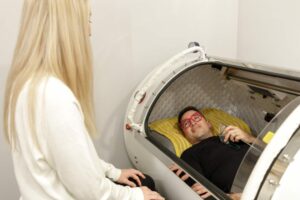
Hyperbaric oxygen chambers are specialized medical devices designed to deliver oxygen at pressures above atmospheric.
This blog post aims to demystify these cameras by offering information from medical professionals. We will explore how these cameras work, their medical applications, safety protocols, and the benefits they offer.
By providing a high-pressure environment, these chambers significantly increase the amount of oxygen the blood can carry, an aspect that has profound healing and therapeutic effects.
This publication will serve as a comprehensive guide that will shed light on the science behind hyperbaric O2 therapy and its practical implications in modern medicine.
How hyperbaric oxygen chambers work
The fundamental mechanism of HBOT chambers It involves increasing atmospheric pressure within a controlled environment. By doing so, the oxygen capacity of the blood increases, allowing for a substantial increase in the amount of oxygen delivered to tissues and organs.
This process is crucial, especially in medical scenarios where tissues are damaged due to lack of oxygen. The improved pressure conditions allow the lungs to collect more O2 than would be possible with normal air pressure.
This oxygen is then transported throughout the body through the bloodstream, speeding up the healing process, fighting bacteria, and stimulating the release of substances called growth factors and stem cells, which promote healing.
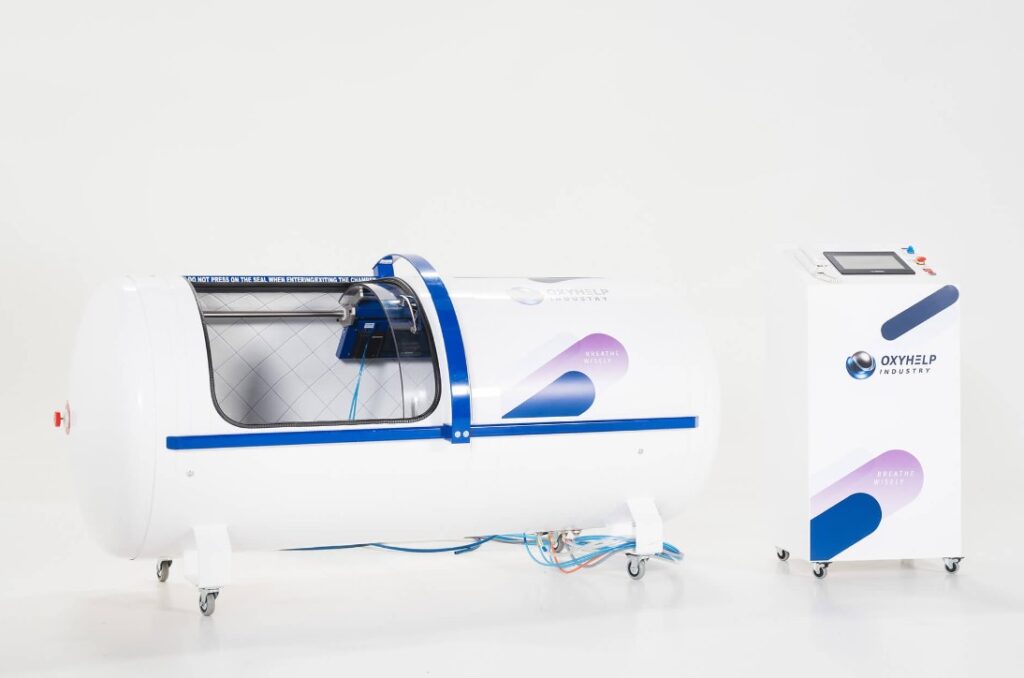
Medical uses of hyperbaric oxygen chambers
Hyperbaric oxygen therapy finds its application in a wide range of medical conditions. It is a critical treatment for decompression sickness, a risk faced by divers. Additionally, it plays an important role in treating serious infections, wounds that do not heal as a result of diabetes or radiation injuries, and carbon monoxide poisoning.
The therapy’s ability to improve O2 delivery to damaged tissues speeds up the healing process and helps fight infections. Medical professionals also recognize its effectiveness in treating conditions such as gangrene, skin grafts, and burns, making it a versatile tool in the medical field.
Security and Regulation
Safety and regulation are paramount in the administration of hyperbaric oxygen therapy. Given the high pressure environment and the use of pure oxygen, strict safety measures have been implemented to mitigate risks such as fire. Facilities that offer this therapy meet rigorous standards to ensure patient safety.
Medical professionals receive specialized training to operate these cameras safely and effectively. Maintenance and periodic inspections are part of the protocol to ensure that the therapy is not only effective but also safe for patients.
The importance of qualified medical supervision cannot be underestimated, as it ensures that the benefits of therapy are maximized and potential risks are minimized.
Benefits of hyperbaric oxygen therapy
Hyperbaric oxygen therapy has a multitude of benefits, as medical professionals highlight. Significantly improves the body’s ability to repair tissues and fight infections.
Patients with chronic wounds, such as diabetic foot ulcers, have experienced accelerated healing. The therapy reduces inflammation and promotes the formation of new blood vessels, a process known as angiogenesis.
This not only improves blood flow but also ensures that the affected areas receive an adequate supply of O2 and nutrients, crucial for healing. The therapy’s ability to rapidly increase the concentration of oxygen in the blood makes it a powerful tool in the treatment of conditions in which tissues are deprived of oxygen.
The process of hyperbaric oxygen therapy
During a hyperbaric oxygen therapy session, patients enter a hyperbaric oxygen chamber, either alone or with other patients. The air pressure inside the chamber is then gradually increased, often up to two or three times normal air pressure. Patients breathe pure O2 through a mask or hood.
Sessions usually last between 90 and 120 minutes and the frequency of these treatments varies depending on the patient’s condition and the assessment of the medical professional. Throughout the session, medical staff closely monitor the patient and the chamber environment to ensure safety and comfort.
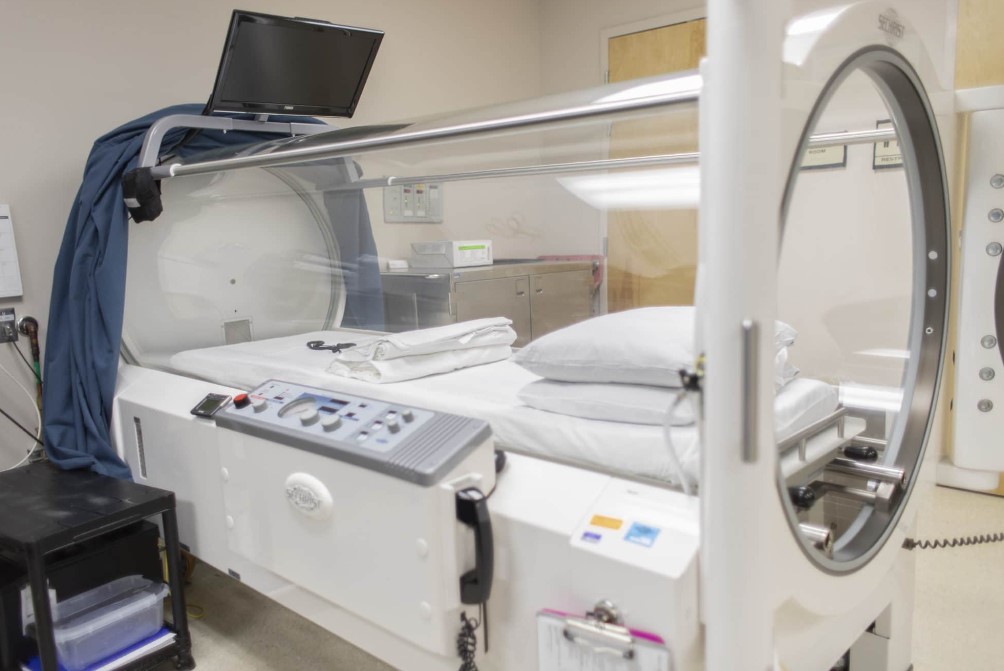
Source: Healogics.com
Patient experience
Patient experiences during hyperbaric oxygen therapy are generally positive with most reporting only minor discomfort. Some people may feel a popping sensation in their ears, similar to that experienced during the ascent or descent of an airplane, as they adjust to the pressure changes.
Medical professionals note that patients often feel relaxed during treatment and many even fall asleep. After the session, it is not uncommon for patients to feel a little dizzy, but this feeling usually disappears quickly. Side effects are relatively rare, and when they occur, they are usually mild and manageable.
Research and studies
Recent research and medical studies have shed light on the expanding scope of hyperbaric oxygen therapy. Research has explored its potential in treating neurological conditions, such as stroke and traumatic brain injurieswith promising results.
Studies indicate that the therapy may promote neuroplasticity, leading to better function and recovery.
Additionally, research delves into the anti-aging effects of hyperbaric O2 therapy, examining its ability to reduce markers of aging at the cellular level. These studies are fundamental to expanding our understanding of the therapy’s potential, paving the way for new applications in medical science.
Who can benefit?
Hyperbaric oxygen therapy is particularly beneficial for people with conditions involving poor O2 delivery to tissues. Patients with diabetic foot ulcers, late effects of radiation (such as radiation burns or jaw damage), certain types of infections, and those recovering from skin grafts or flaps are among those who may benefit the most.
Additionally, people suffering from sudden deafness or vision loss due to blocked blood flow have also reported improvements with this therapy. Medical professionals carefully evaluate each patient’s condition to determine the potential benefits of the therapy, ensuring it aligns with each individual’s specific medical needs.
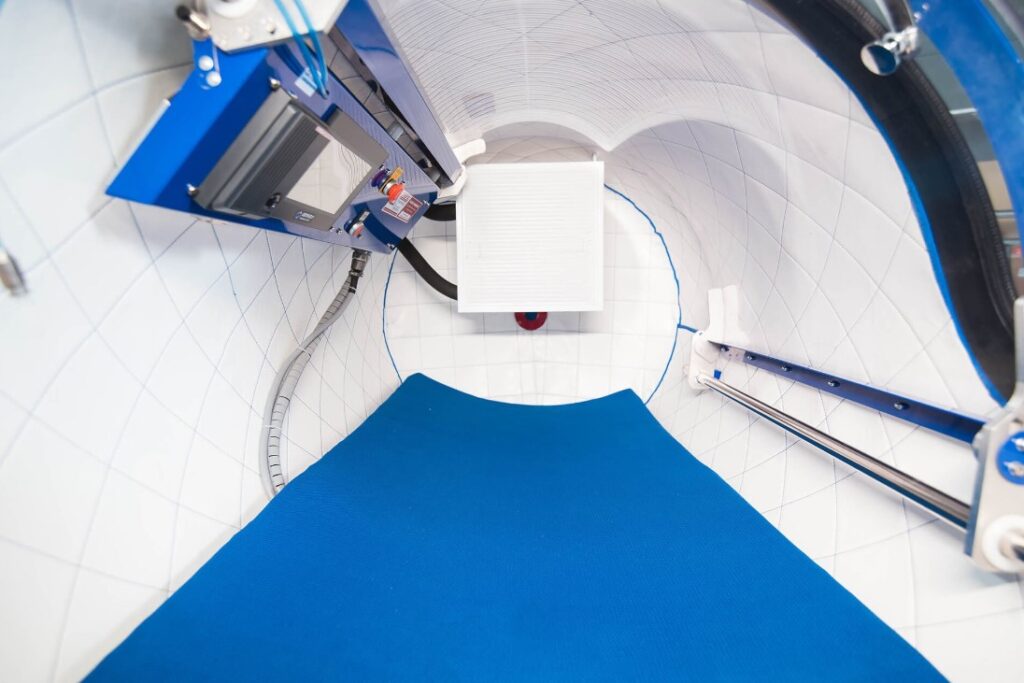
Risks and considerations
While hyperbaric oxygen therapy is generally safe, it carries potential risks and contraindications. These include ear injuries due to increased air pressure, temporary nearsightedness, and in rare cases, lung collapse.
It is also possible for patients to experience O2 toxicity, although this is rare and usually occurs in the setting of prolonged exposure to high concentrations of oxygen. Medical professionals emphasize the importance of a thorough medical evaluation before undergoing therapy to assess suitability and minimize risks.
Patients with certain types of lung diseases or those who have recently had ear surgery may need to approach this therapy with caution.
Future trends
Emerging trends in hyperbaric oxygen therapy are promising, with research and technological advances ongoing.
Medical experts are exploring the use of this therapy in a broader range of conditions, including mental health disorders such as depression and anxiety. Innovations in chamber design make therapy more accessible and comfortable for patients.
Additionally, there is growing interest in understanding the molecular mechanisms behind therapy benefits, which could lead to more specific and effective treatments. The future of hyperbaric O2 therapy is bright, with potential advances poised to improve its efficacy and application.
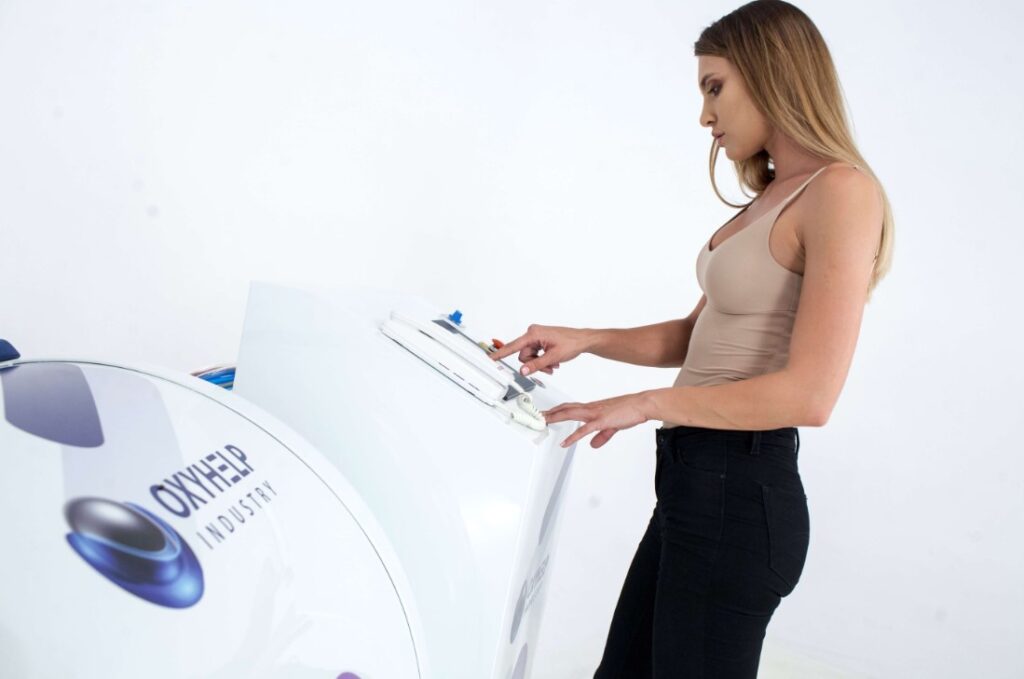
Conclusion
Hyperbaric oxygen chambers play a vital role in modern medicine, offering a unique and effective treatment for a variety of conditions. By understanding the science behind these cameras, recognizing their benefits, and being aware of the potential risks, patients and medical professionals can make informed decisions about their use.
As research continues to evolve, we can anticipate broader applications and advancements in this field. To get personalized advice and determine if hyperbaric O2 therapy is right for you, it is essential to consult with medical professionals.
This therapy, with its profound ability to enhance the body’s healing processes, is a testament to the innovative spirit of medical science.







